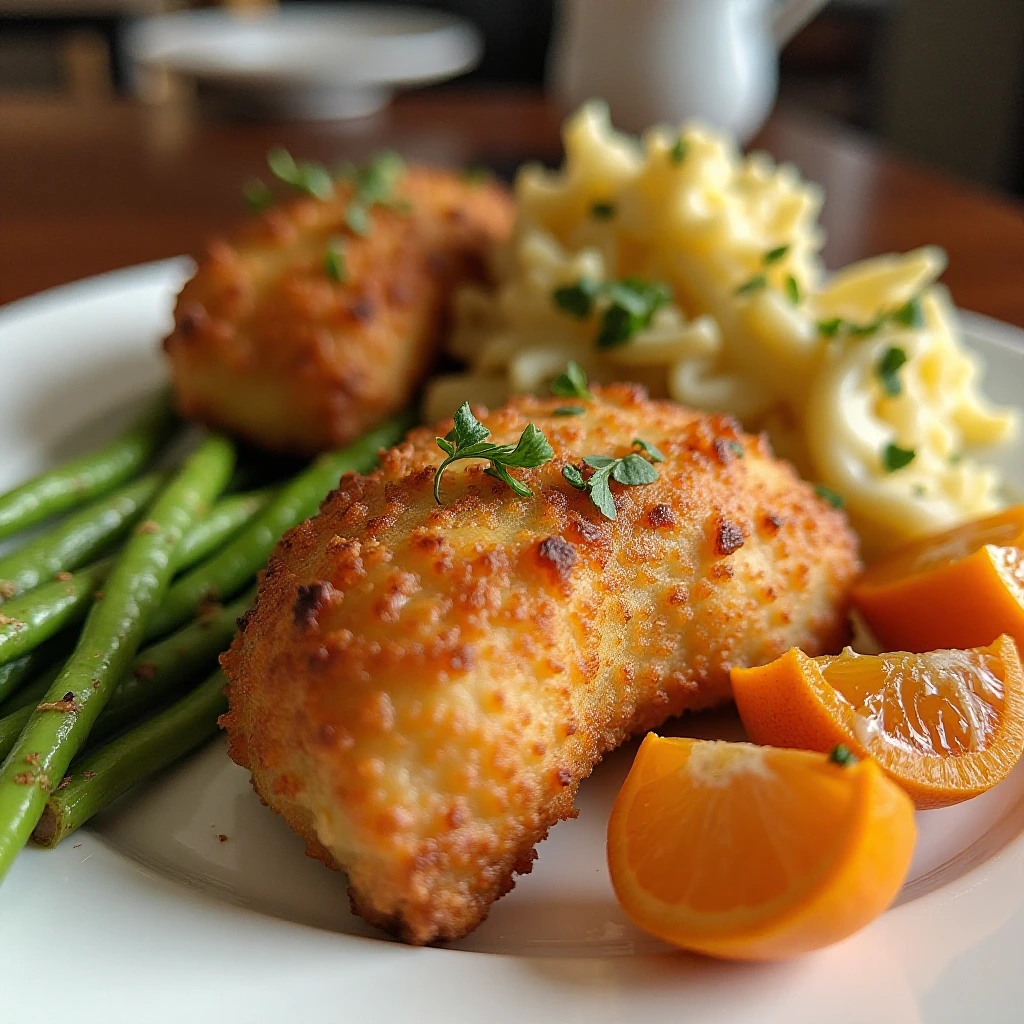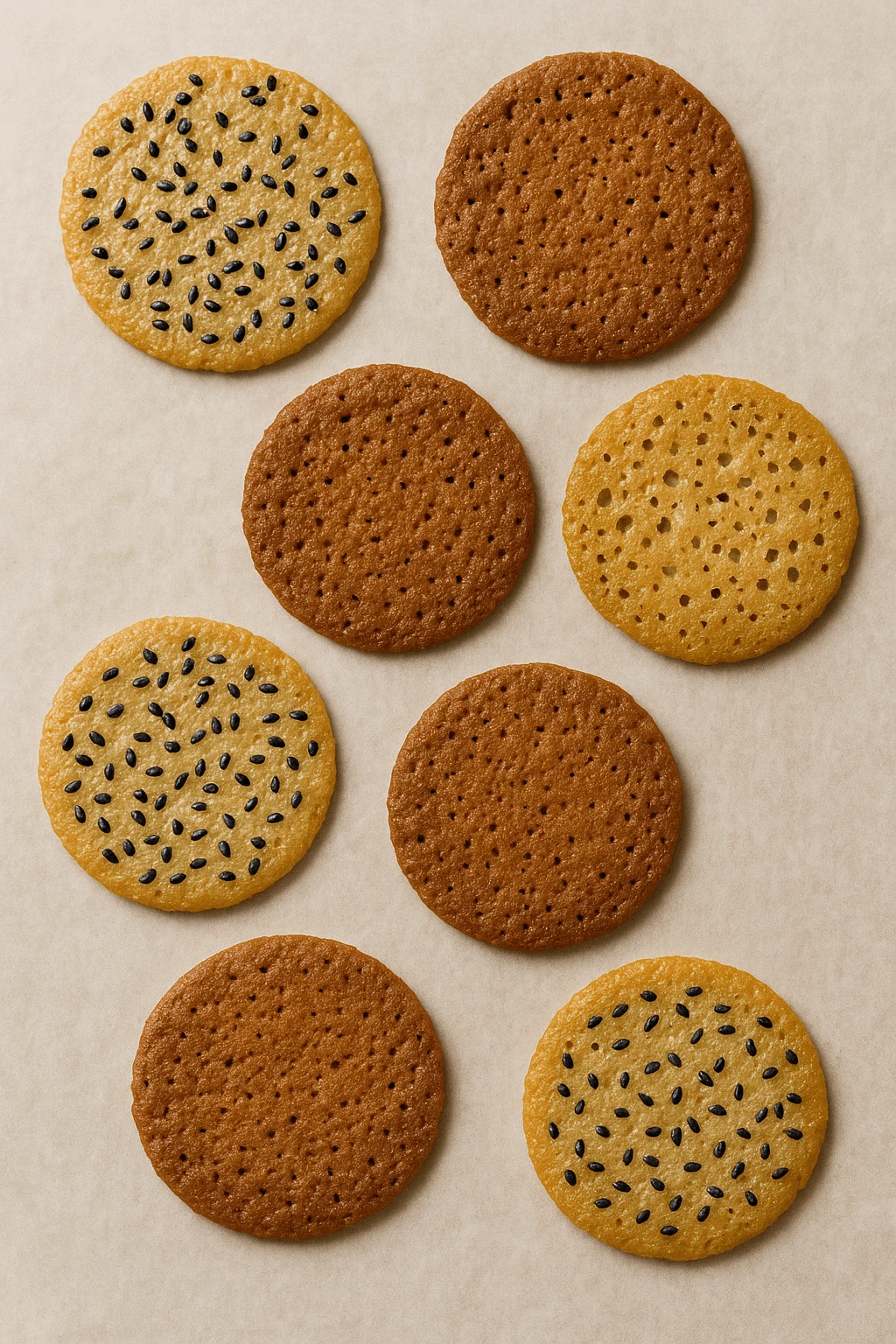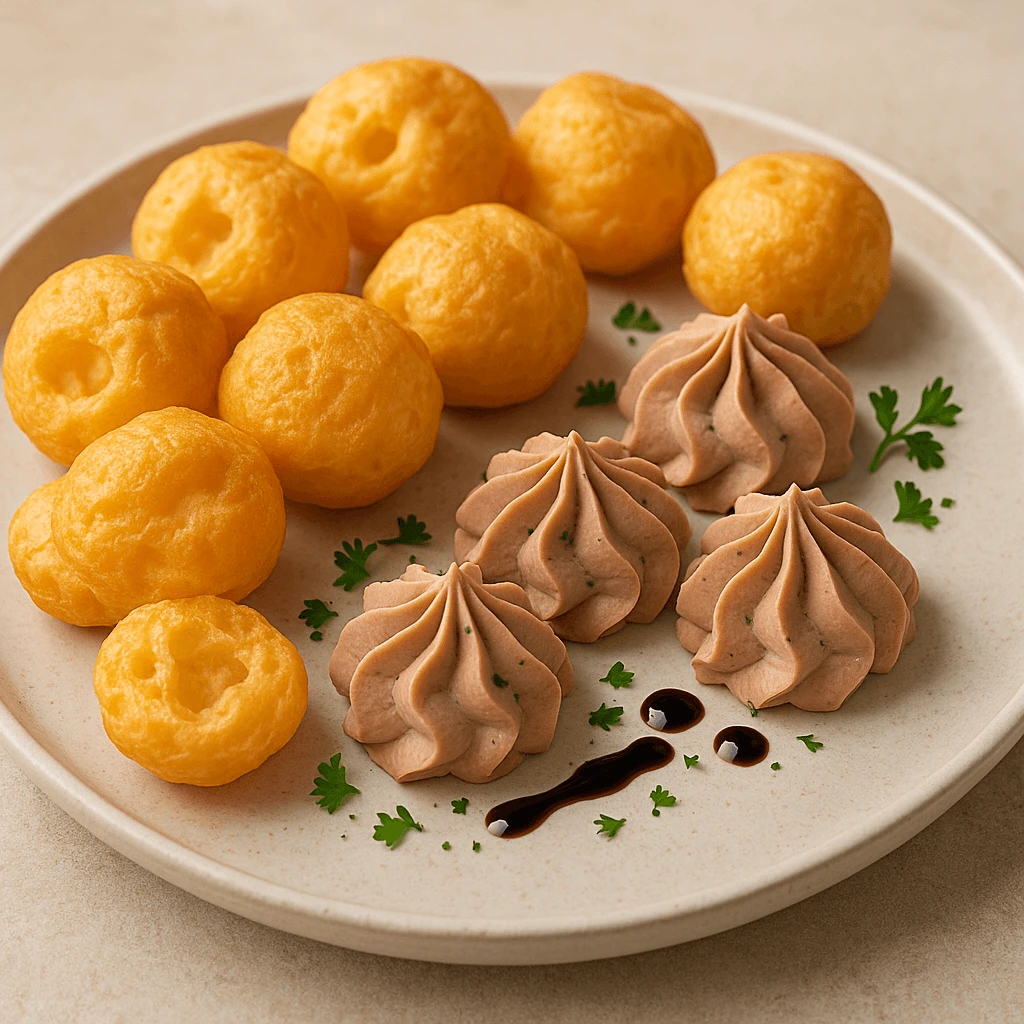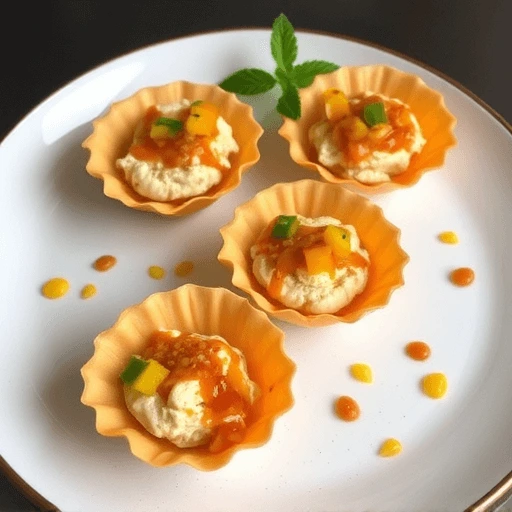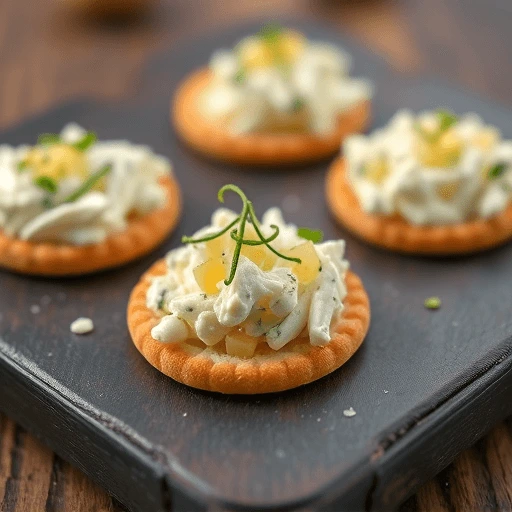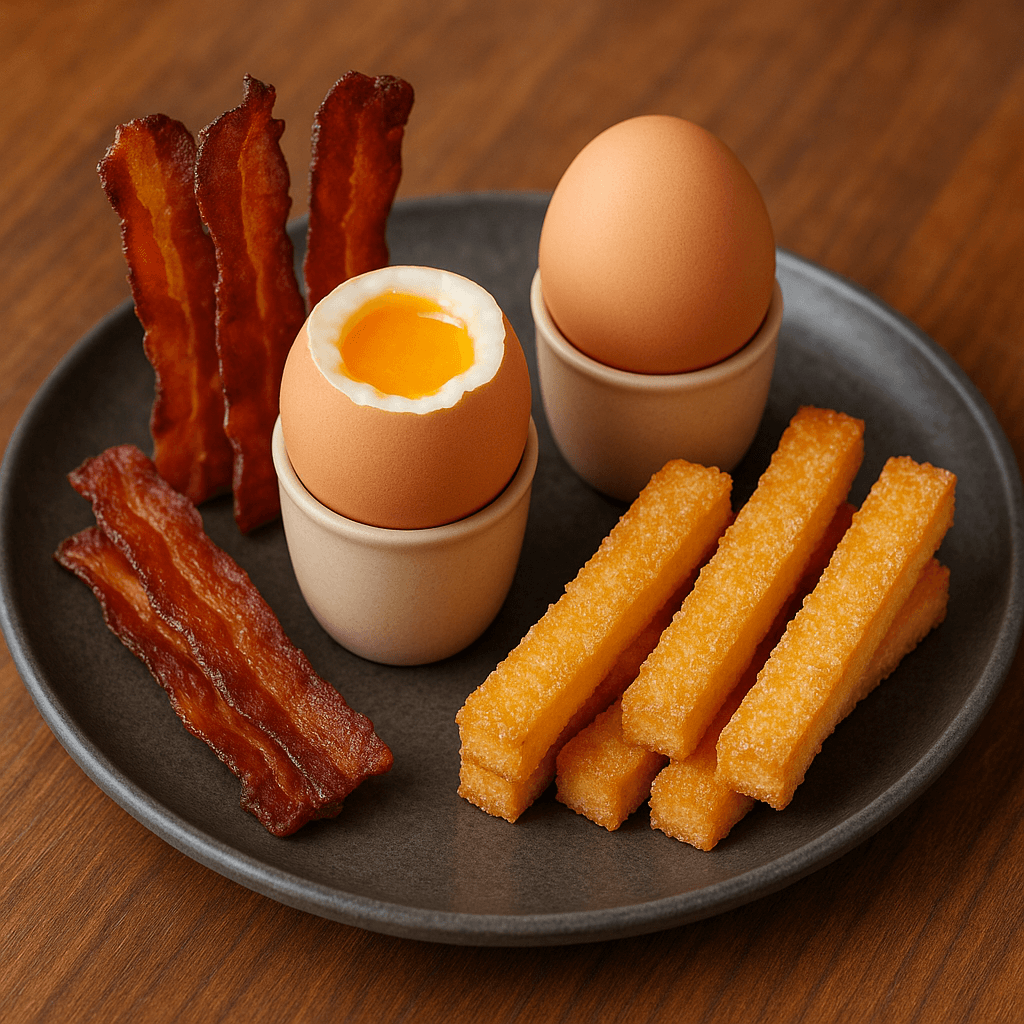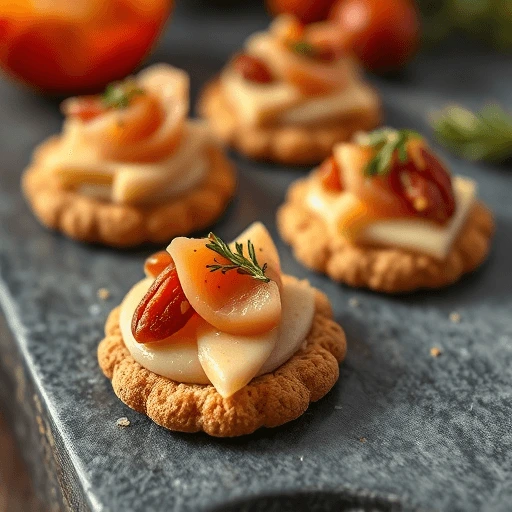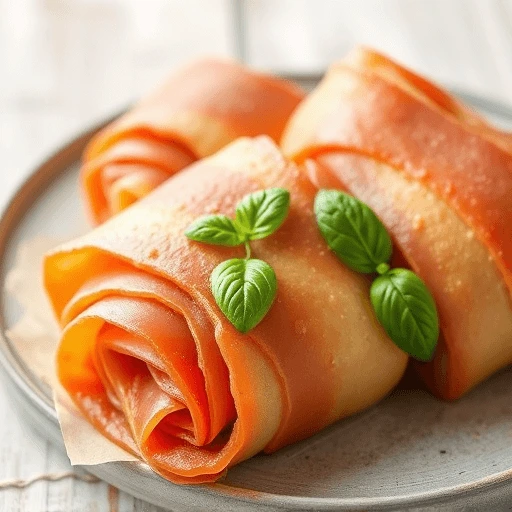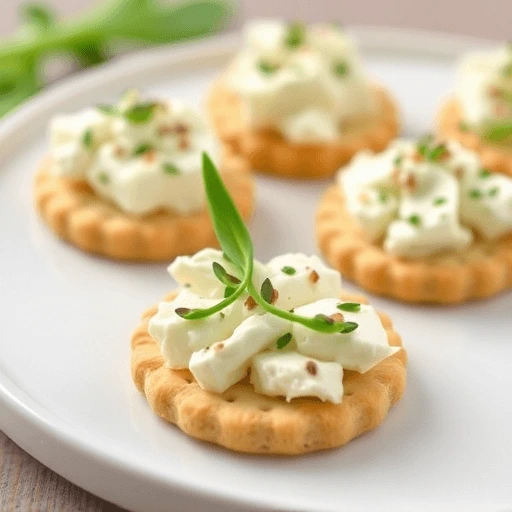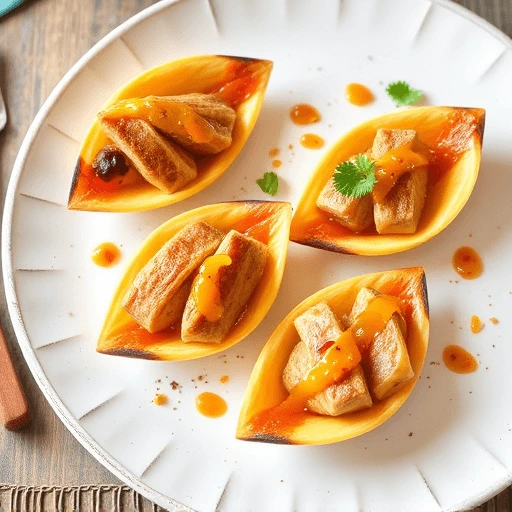Secrets of Perfect Puff: A Chef’s Chicken and Leek Pastry You Can Make at Home
chicken and leek puff pastry Golden, crisp, and delicately layered on the outside, meltingly tender and flavorful on the inside — the chicken puff pastry is a timeless classic that brings together rustic comfort and culinary finesse. It’s the kind of dish that feels at home on any table, from elegant dinners to casual lunches, … Read more

